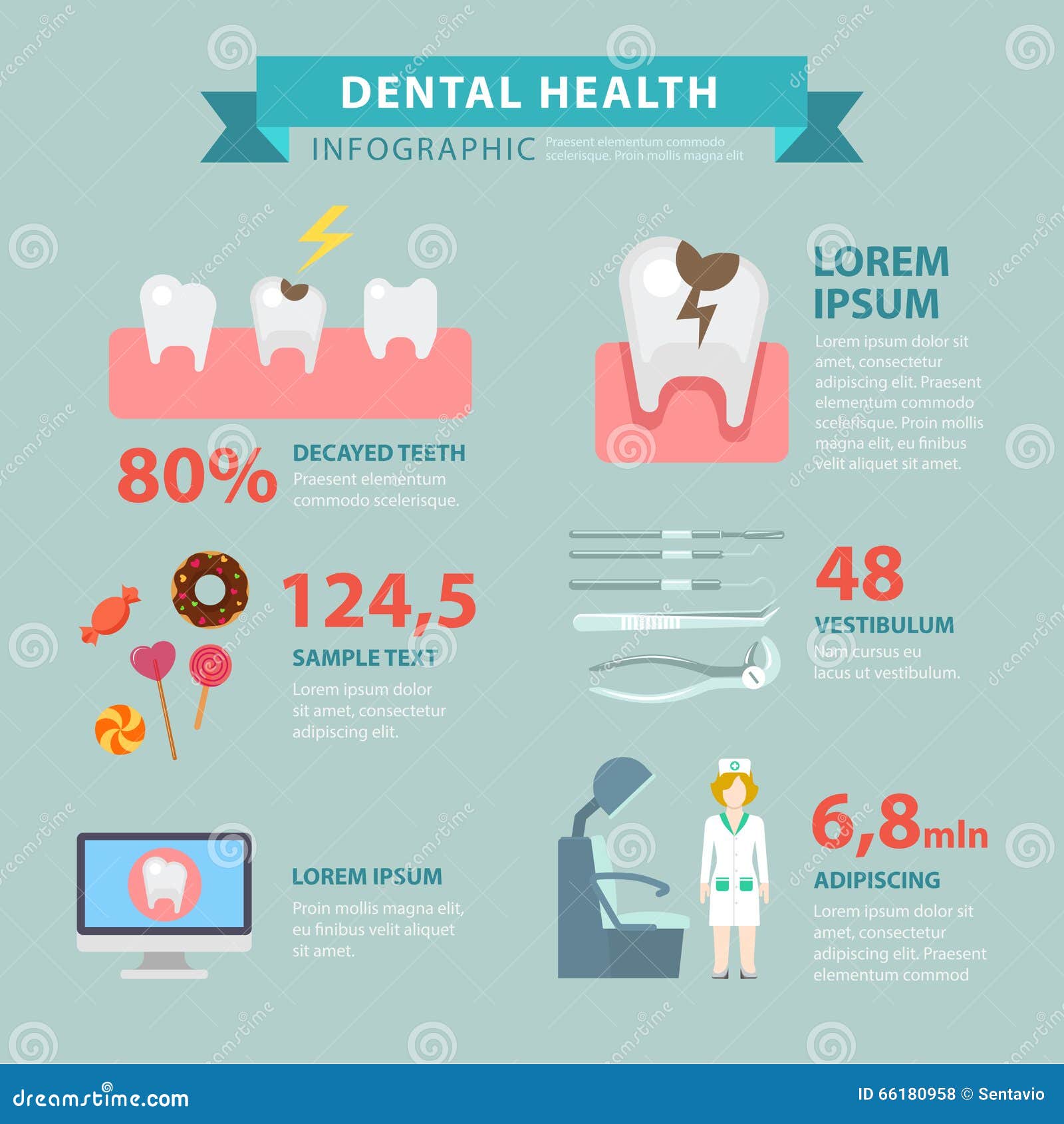The Next Age Of Oral Surgery: Innovation Innovations And Dopes Improving The Specialized
The Next Age Of Oral Surgery: Innovation Innovations And Dopes Improving The Specialized
Blog Article
Material Produce By-Kokholm Mccall
Welcome to the globe of oral surgery, where advancements and breakthroughs are forming the future of the field! In this amazing world, you'll witness the transformative power of robotics, the cutting-edge wonder of 3D printing, and the game-changing impact of minimally intrusive methods.
The future of oral surgery holds a pledge of accuracy, performance, and boosted client outcomes. With the help of innovative robotics, doctors have the ability to do complex procedures with greater precision and control.
3D printing modern technology is transforming the development of dental implants and prosthetics, providing personalized remedies that fit perfectly right into each individual's one-of-a-kind makeup.
Furthermore, minimally invasive strategies are decreasing post-operative discomfort and recuperation time, permitting patients to go back to their lives quicker.
Prepare yourself to discover the amazing innovations and advancements that are improving the landscape of dental surgery!
Innovations in Robotics
One significant improvement in dental surgery is the use of robot modern technology, which enables precise and reliable surgeries. With the help of robotic systems, oral cosmetic surgeons have the ability to carry out complex surgical procedures with boosted accuracy, reducing the threat of human mistake.
These robot systems are outfitted with innovative imaging technology and accurate instruments that enable surgeons to navigate via detailed anatomical frameworks effortlessly. By utilizing click the up coming document , cosmetic surgeons can attain higher surgical precision, causing improved client outcomes and faster recovery times.
Additionally, using robotics in oral surgery allows for minimally intrusive treatments, lowering the injury to surrounding cells and promoting faster recovery.
3D Printing in Oral Surgery
To enhance the area of oral surgery, you can discover the subtopic of 3D printing in oral surgery. This innovative technology has the prospective to transform the means oral surgeons run and treat individuals. Here are 4 crucial methods which 3D printing is forming the area:
- ** Customized Surgical Guides **: 3D printing allows for the production of highly accurate and patient-specific surgical overviews, boosting the accuracy and efficiency of procedures.
- ** Implant Prosthetics **: With 3D printing, dental surgeons can create personalized implant prosthetics that perfectly fit a person's distinct makeup, causing better results and client complete satisfaction.
- ** Bone Grafting **: 3D printing enables the manufacturing of patient-specific bone grafts, minimizing the demand for standard grafting techniques and enhancing recovery and healing time.
- ** Education and learning and Training **: 3D printing can be used to produce realistic medical versions for instructional purposes, permitting oral cosmetic surgeons to exercise complex treatments before doing them on patients.
With its prospective to improve accuracy, personalization, and training, 3D printing is an amazing development in the field of dental surgery.
Minimally Invasive Strategies
To further progress the area of dental surgery, embrace the capacity of minimally invasive techniques that can significantly benefit both doctors and clients alike.
Minimally intrusive techniques are changing the area by decreasing medical trauma, minimizing post-operative pain, and increasing the healing procedure. root canal doctor include utilizing smaller incisions and specialized tools to do procedures with precision and effectiveness.
By utilizing sophisticated imaging innovation, such as cone beam of light computed tomography (CBCT), specialists can properly intend and carry out surgeries with marginal invasiveness.
Additionally, making use of lasers in dental surgery allows for exact cells cutting and coagulation, resulting in lessened blood loss and lowered recovery time.
With minimally intrusive methods, people can experience faster recovery, reduced scarring, and enhanced end results, making it a necessary aspect of the future of oral surgery.
Verdict
So, as you can see, the future of oral surgery is exceptionally encouraging, with interesting innovations and breakthroughs shaping the field.
From the innovations in robotics to the use of 3D printing and minimally invasive techniques, oral surgeons are revolutionizing the means they give care.
While some might stress over the possible expense connected with these improvements, it's important to keep in mind that these technologies inevitably improve patient end results and reduce recuperation time, making them well worth the investment over time.
